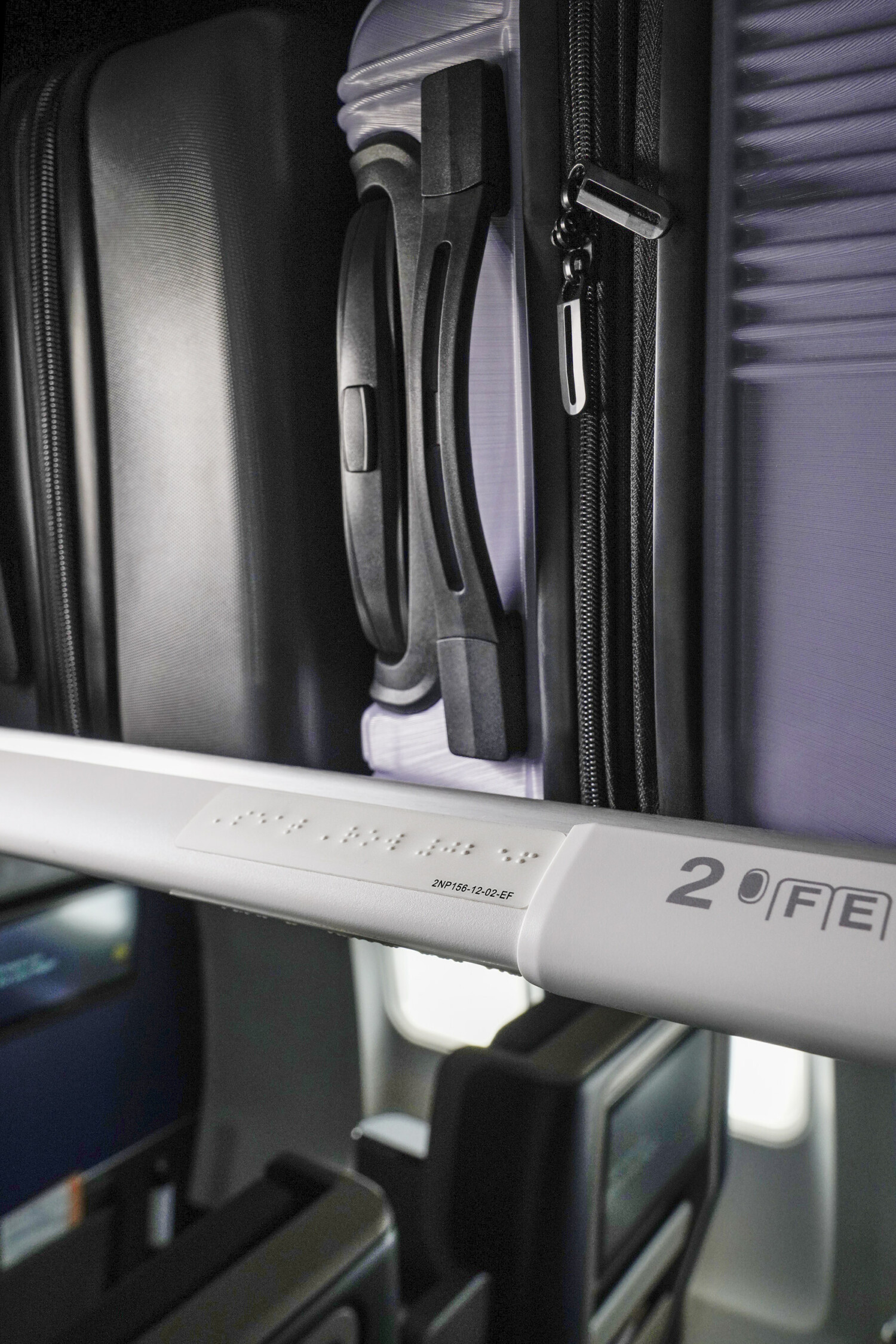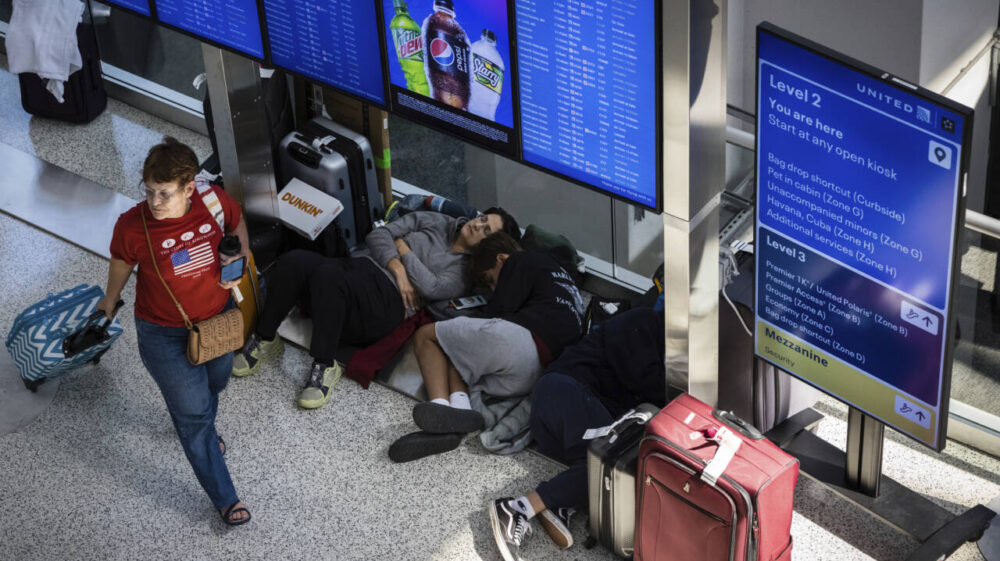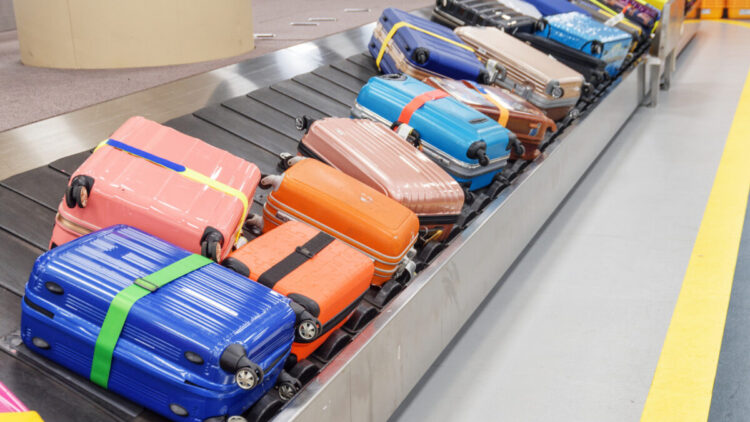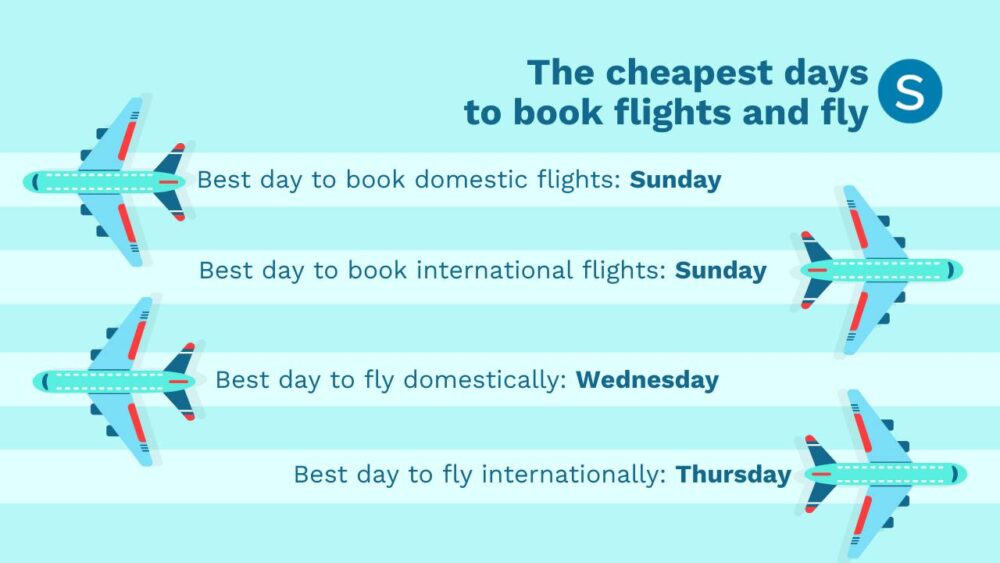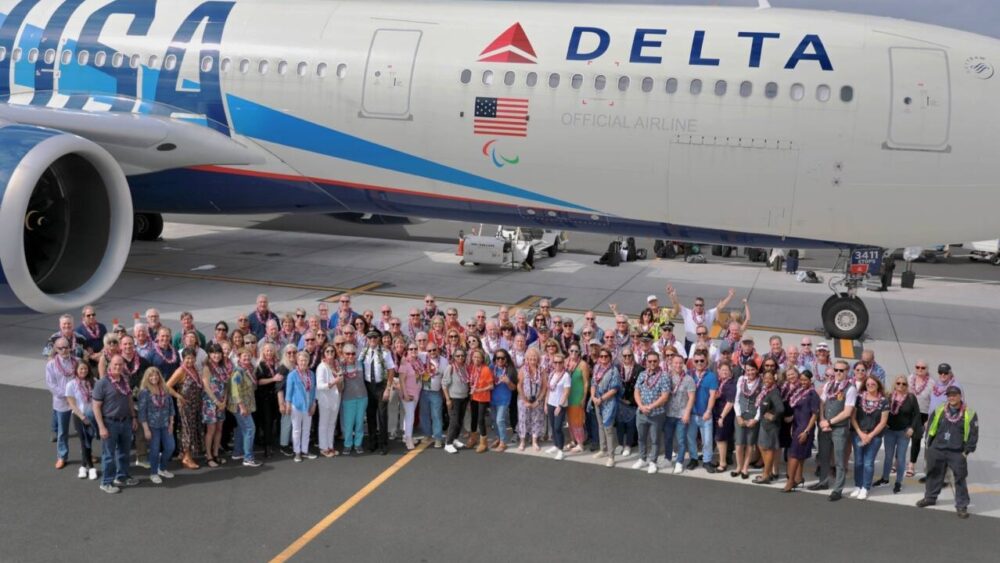United Airlines adds Braille signs to cabin interiors
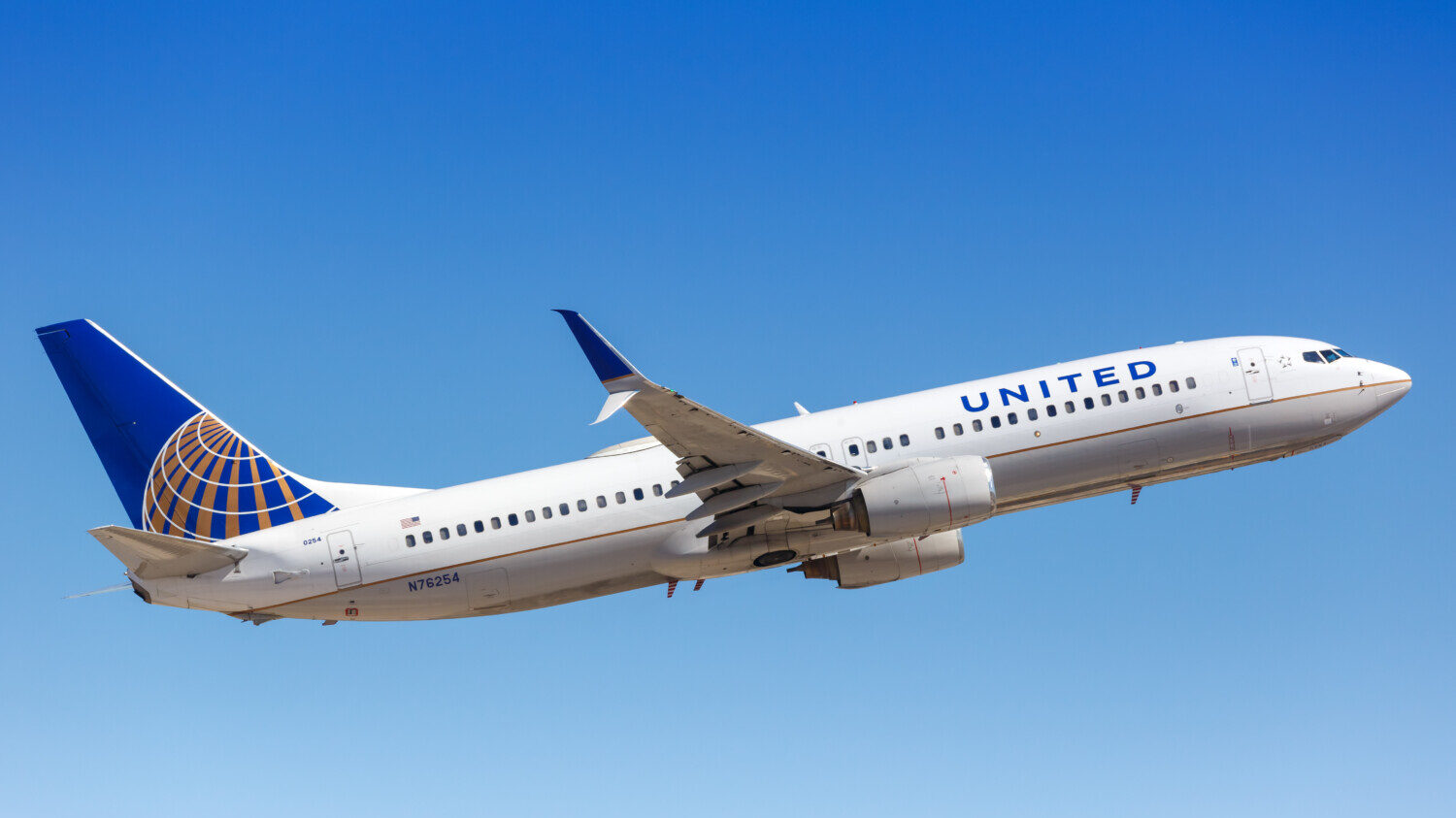
For someone with vision impairments, several challenges can pop up while traveling by air, from finding seat numbers during boarding or locating the airplane’s bathroom mid-flight. Recognizing this, United Airlines has begun adding Braille to its cabins, with markings to help travelers better navigate their way around its airplanes.
United said it’s the first U.S. airline to add Braille to its cabins.
While only a dozen of its planes currently have Braille, the airline announced it will continue adding the tactile writing system to its planes and expects its entire “mainline fleet” to have Braille markings by the end of 2026. That means that United’s airplanes will have Braille, but if you were to book through United and fly with a regional partner, the aircraft likely won’t have Braille unless other airlines follow suit.
“Finding your seat on a plane or getting to the restroom is something most of us take for granted, but for millions of our customers, it can be a challenge to do independently,” said Linda Jojo, executive vice president, chief customer officer for United, in a statement. “By adding more tactile signage throughout our interiors, we’re making the flying experience more inclusive and accessible, and that’s good for everyone.”
MORE: Delta debuts new airplane seat design for people using wheelchairs
According to the Department of Transportation, 27 million people with disabilities traveled on airplanes in 2019, the most recent figures available.
But numbers suggest that air travel has become increasingly difficult for those with hearing loss, vision impairments, and those who use wheelchairs. In 2021, the department fielded 1,394 disability-related complaints, a sharp 54% increase from 2019.
Airports and airlines have been coming up with new ways to make travel more seamless for those with disabilities.
Some airports, for instance, are adding audio navigation to their apps to help those with vision impairments locate their gates. Also, more than 140 airports around the world have sunflower lanyards that signal a traveler has a “hidden disability” and may need extra support getting through security and the airport.
The U.S. The Government Accountability Office (GAO) is encouraging airlines to add ticketing areas that are more accessible to those in wheelchairs and travelers with vision impairments. Gate areas should also be improved with added technology for those with hearing loss, the GAO said.
United has been working closely with the National Federation of the Blind and the American Council of the Blind to come up with more ways to make its planes accessible to those with disabilities. The airline says it’s also considering other navigation aids in the plane that could include things like raised letters, numbers and arrows that could be helpful to those unfamiliar with Braille.
MORE: Your iPhone will soon be able to clone your voice using AI


